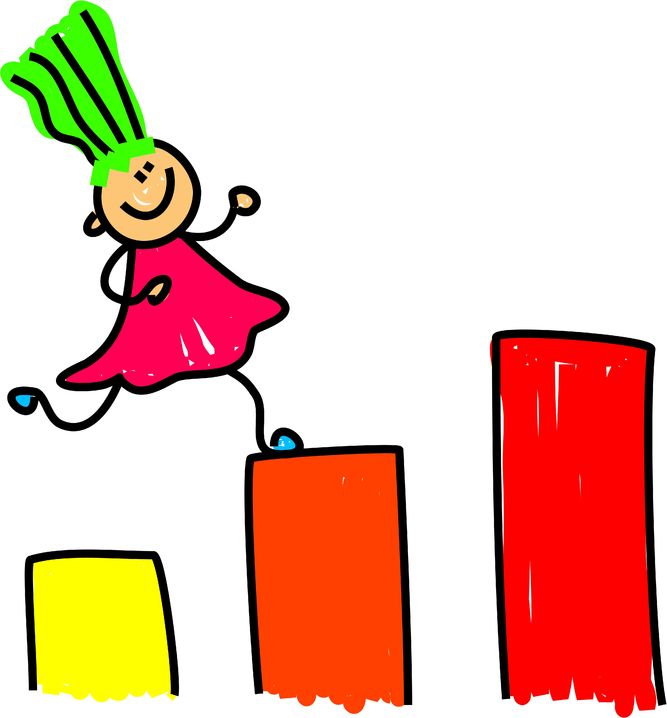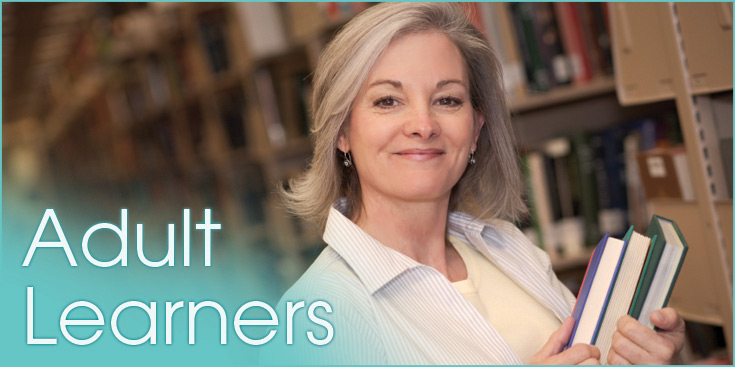1.How will I attend to the individual learning style needs of the students, both instructionally and personally?

As students, if we can extend our learning styles,
we have the chance of learning in a wider variety of situations. As teachers,
tutors or trainer, we have a responsibility to ensure that we appeal to the
whole range. It´s a pound to a penny that your class will contain students
whose learning styles will differ wildly. No one of us learn in the same way.
Peter Honey
identified four basic styles. The names he gives for each of these categories
are activist, theorist, reflector and pragmatist.
Activist learning
style
An activist, as
the name suggest, enjoys active ways of learning.
Theorist
learning style
There´s nothing
theorists like better than to have their minds stretched and challenged.
Reflector
learning style
The reflector
likes to have plenty of time to observe what is taking place before embarking
on a project.
Pragmatist
learning style
Pragmatists
like to be able to see the point of something.
Teacher have to
take into account the different learning styles in order to make a lesson plan
that will fit with their students individual learning styles needs. Since
teacher are aware about that they have many students, and that all of them
learn differently, they have to develop activities that are VAK (visual,
auditory, kinesthetic). Teachers should know about their students’ strengths
and weaknesses. How can teachers know about them? Teachers will know by measuring
them in the activities they will carry out in the classroom.
Teachers can help
their students to discover what kind of learning styles they have developed
more and how can they develop the others. Students can know what kind of style
they have by knowing how they do in the activities teachers carry out in the
classroom. I discovered what kind of style I had by reflecting in which
activities (reading comprehension activities, listening activities, and oral
activities) I got good grades. When students discover what kind of style they
have or have developed more, it is easier for them to learn things quickly.
Also it is easier for teacher to look for activities that will fulfill their student’s
individual learning styles needs.
2. How will I see growth in the learners according
to their stated needs/goals, as well as my course goals?

There are two words assessment and evaluation, and
those words will help us to answer this question.
Assessment
is all about checking your students´ progress and achievements. Assessment is
vital for both you and your students to make judgments about their progress.
Student assessment begins at the very first session.
As adults are this funny mixed of different
experiences, knowledge, one of the things you are going to do is assess what
your students know or can do. One way to assess your students is to give them a
little entry test. Let them know that the test is just for you to know about
their previous knowledge about the subject. After that during the course you
can apply formative assessment.
Formative assessment is the kind of assessment you
will do as the course progresses. You can know change to a new topic if the
students have pitfalls.
Then teacher can apply summative assessment which
takes place at the end of a unit or a course.
You can see the growth of your students by
certain factors.
Student’s motivation is the first factor. This will
help us to know if the students feel comfortable and motivated to continue
learning new things.
The second factor is students’ attendance. If you
have a good number of students in your class, it will show how successful you
are. The more your students drop your classes, the less successful you are.
The students’ result is the third factor. It means
that if most of your students get good grades, you are doing a good job.
To sum up, effective assessment:
- is directly related to the learning outcomes and aims
-
give the students a sense of achievement
Evaluation
With evaluation, you are
either having to make judgments about you own work as a tutor, or getting
someone in to watch you teach.
There many techniques or
ways that you can use in order to measure your progress.
You can pass surveys to
your students with questions that go straight to the point.
You can ask your students
for general comments about the subject.
I can tell you more but
what matter is to know if you have reached your course goals, and if your students
have fulfilled their goals as well.
3. How do I use the
learner´s experiences within the instruction?


Teachers must consider
their students´ previous experiences; teachers can reach this by asking
questions related to different fields. For example, teachers can ask question
like what is your profession. Do you speak more than one language? Do you like
challenges? And so on. This will help teachers to know about their students´ previous
experiences.
Teacher should remember
that adults had had previous experience in the learning process. So, teachers
are just going to engage the students in the process again.
Learning is hard, but there
are additional reasons will find it harder than others. Not everyone can boast
that they have had good experiences of learning in the past.
Adult students engage in the activities and play their role very well
when they are exposed to real life´s situations.
No comments:
Post a Comment